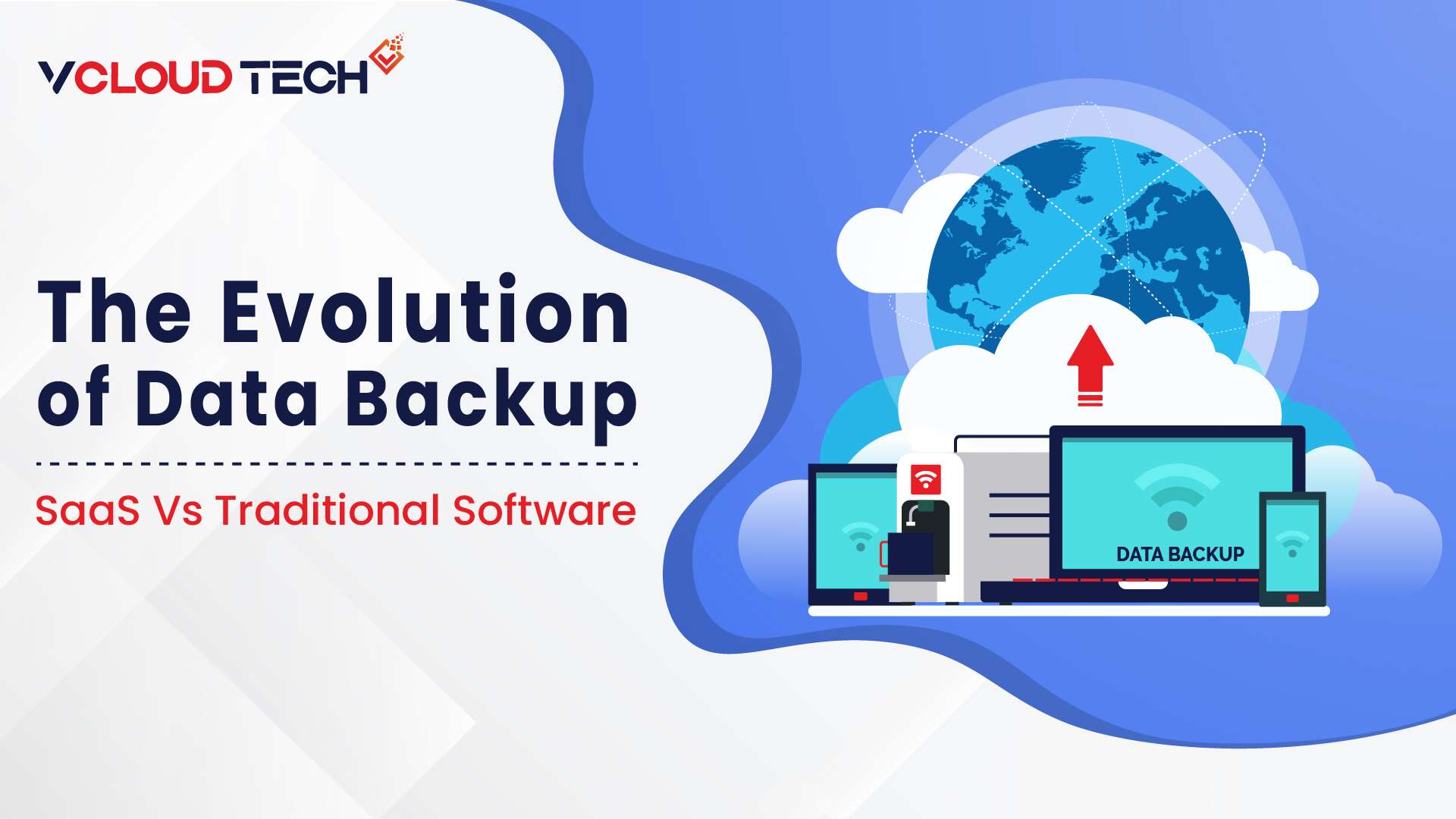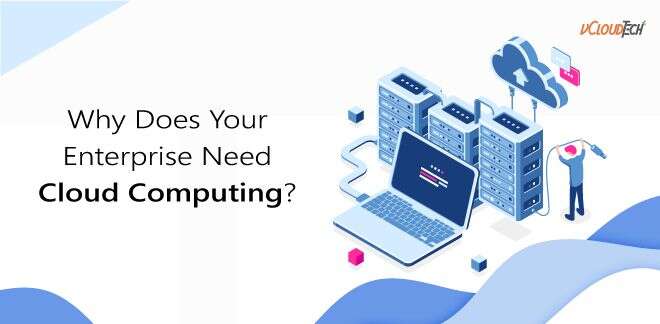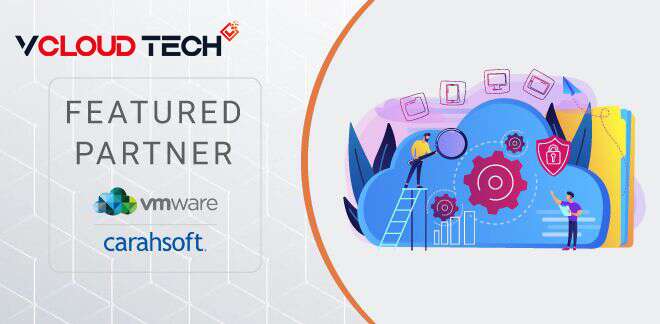In the data management and protection realm, Software as a Service (SaaS) has emerged as a game-changer, challenging the conventional landscape dominated by traditional software solutions. In this article, we’ll delve into the differences between SaaS and standard Software, clarify the distinction between SaaS and the cloud, and explore the symbiotic relationship between SaaS and cloud computing.
SaaS vs. Traditional Software: Unraveling the Contrasts
At its core, the disparity between SaaS and traditional Software lies in their deployment and delivery. Traditional Software is typically installed locally on individual devices or servers. Users rely on dedicated hardware to run the Software, often requiring complex maintenance and updates. On the other hand, SaaS operates on a subscription-based model, where applications are hosted centrally in the cloud and accessed through web browsers. This fundamental shift in delivery enhances accessibility, scalability, and ease of maintenance. Here’s a comparison between Software as a Service (SaaS) and Traditional Software (also known as On-Premises or On-Prem) using various factors:
Remember that the suitability of SaaS vs. Traditional Software depends on specific business needs, resources, and preferences. To explore top-tier SaaS and cloud data backup solutions, check out offerings like SaaS and Cloud Data Backup and Cloud Backup and Recovery. These solutions epitomize the convenience and effectiveness of SaaS-driven data protection.
SaaS Beyond Boundaries: Cloud-Optional Deployments
Contrary to popular belief, SaaS doesn’t necessarily require cloud deployment. While cloud-hosted SaaS solutions offer unparalleled convenience, on-premises deployment is feasible. This flexibility caters to varying compliance needs, data sensitivities, and business requirements.
For insights into seamless cloud migration challenges, delve into Overcome the Seamless Cloud Migration Challenge. This resource sheds light on strategies to navigate the complexities of transitioning to the cloud. Navigating the complexities of transitioning to the cloud requires a well-thought-out strategy considering various aspects of your organization’s needs, processes, and goals. Here are some effective strategies to guide you through a successful cloud migration:
Assessment and Planning:
- Conduct a thorough assessment of your current IT environment, applications, and data to identify what can be moved to the cloud and what requires adaptation.
- Define your objectives for moving to the cloud, whether it’s cost savings, scalability, improved performance, or other benefits.
- Create a detailed migration plan outlining tasks, timelines, responsibilities, and potential challenges.
Choose the Right Cloud Model:
- Decide whether public, private, or hybrid cloud best suits your organization’s needs based on data sensitivity, compliance requirements, and existing infrastructure.
Prioritize Applications:
- Identify critical applications and services that need to be migrated first for maximum impact on efficiency and user experience.
- Categorize applications based on their complexity, dependencies, and resource requirements to determine the best migration approach.
Data Management and Security:
- Develop a data migration strategy that includes data cleansing, validation, and encryption to ensure secure and accurate transfer.
- Implement robust security measures, such as identity and access management, encryption, and regular security assessments, to safeguard data in transit and at rest.
Select Cloud Service Providers:
- Research and choose reputable cloud service providers that align with your organization’s needs, budget, and desired level of support.
- Consider factors like uptime, compliance certifications, data center locations, and customer reviews.
Application Refactoring and Optimization:
- Modify or refactor applications to be cloud-native, using cloud services and architectures to improve performance and scalability.
- Optimize resources by using auto-scaling, load balancing, and other cloud-native features.
Backup and Recovery Strategies:
- Develop robust SaaS and Cloud backup and disaster recovery plans to ensure business continuity in case of data loss or service disruptions.
Monitoring and Optimization:
- Implement monitoring tools to track performance, resource utilization, and user experience in the cloud environment.
- Continuously optimize your cloud resources by right-sizing instances, managing costs, and identifying opportunities for improvement.
Continuous Improvement:
- Regularly assess the effectiveness of your cloud environment, seeking opportunities to enhance efficiency, security, and user satisfaction.
- Stay informed about emerging cloud technologies and trends to adapt your strategy over time.
By following these strategies, you can navigate the complexities of transitioning to the cloud systematically and successfully, ensuring that your organization maximizes the benefits of cloud computing while minimizing potential challenges.
The Synergy of SaaS and Cloud Computing
Is SaaS the same as the cloud? No, but they are closely intertwines. SaaS relies on the cloud’s infrastructure to deliver Software to end-users, ensuring seamless updates and remote access. Cloud computing, in turn, supports the scalability and reliability that underpin SaaS applications. The marriage of SaaS and cloud computing amplifies the advantages of both, resulting in agile, user-centric software solutions.

The synergy of Software as a Service (SaaS) and cloud computing brings forth a powerful amalgamation that amplifies the advantages of both paradigms. This dynamic fusion redefines how businesses operate, collaborate, and safeguard their data and applications. AvePoint Cloud Backup for Salesforce exemplifies the prowess of this synergy, showcasing how it benefits organizations across various dimensions.
Scalability and Flexibility:
The combination of SaaS and cloud computing provides unparalleled scalability. SaaS applications can seamlessly leverage the elasticity of cloud resources to accommodate growing user demands. With solutions like AvePoint Cloud Backup for Salesforce, businesses can effortlessly scale their data protection strategy in response to evolving business needs.
Cost Efficiency:
The SaaS-cloud synergy introduces cost efficiency by eliminating the need for extensive on-premises infrastructure. Businesses can leverage subscription-based SaaS models to access advanced functionalities without hefty upfront investments. Moreover, utilizing cloud resources on demand optimizes resource utilization and reduces operational costs.
Enhanced Collaboration and Accessibility:
SaaS applications hosted in the cloud provide a unified platform accessible from anywhere, fostering seamless collaboration among distributed teams. The cloud’s ubiquity ensures that data and applications are accessible to authorized users regardless of location. Veeam Backup for AWS leverages this accessibility, enabling teams to collaborate efficiently while ensuring the safety of critical assets.
Automated Updates and Maintenance:
SaaS applications and cloud infrastructure streamline software updates and maintenance. Providers can roll out updates centrally, ensuring users can access the latest features and security patches.
Resilience and Disaster Recovery:
Cloud-based SaaS applications enhance resilience and disaster recovery capabilities. Data is redundantly stored across distributed cloud servers, reducing the risk of data loss due to hardware failures or natural disasters.
Explore comprehensive protection with solutions like Acronis Cyber Protect Cloud, showcasing the amalgamation of SaaS and cloud capabilities in cybersecurity and data safeguarding.
Conclusion
The emergence of SaaS has redefined how we approach data backup and software accessibility. Its departure from traditional software paradigms and the synergy between SaaS and the cloud opens new vistas of efficiency and scalability. Whether it’s specialized SaaS backups or comprehensive cloud-driven solutions, the future of data protection is undoubtedly intertwined with the cloud.








